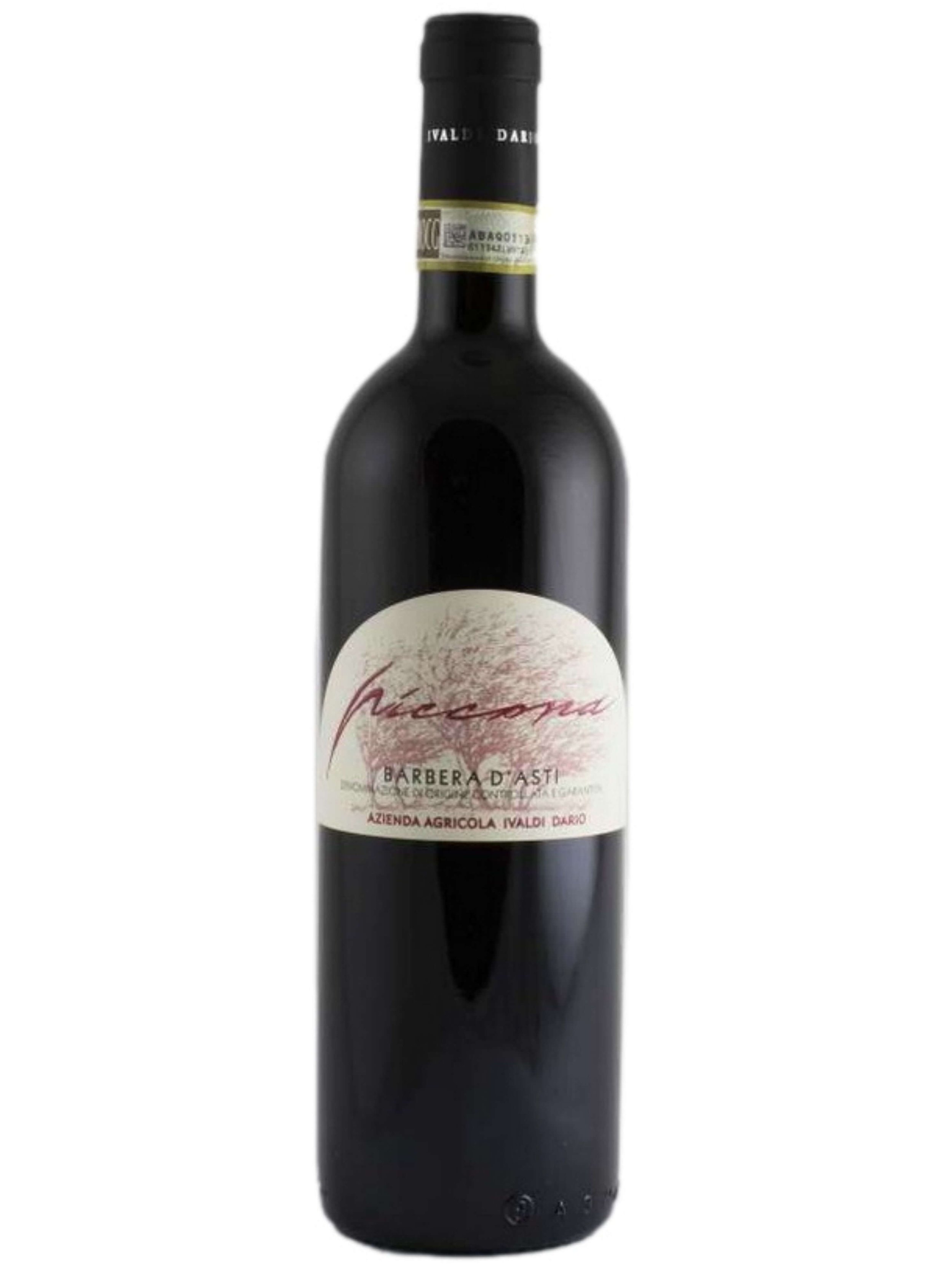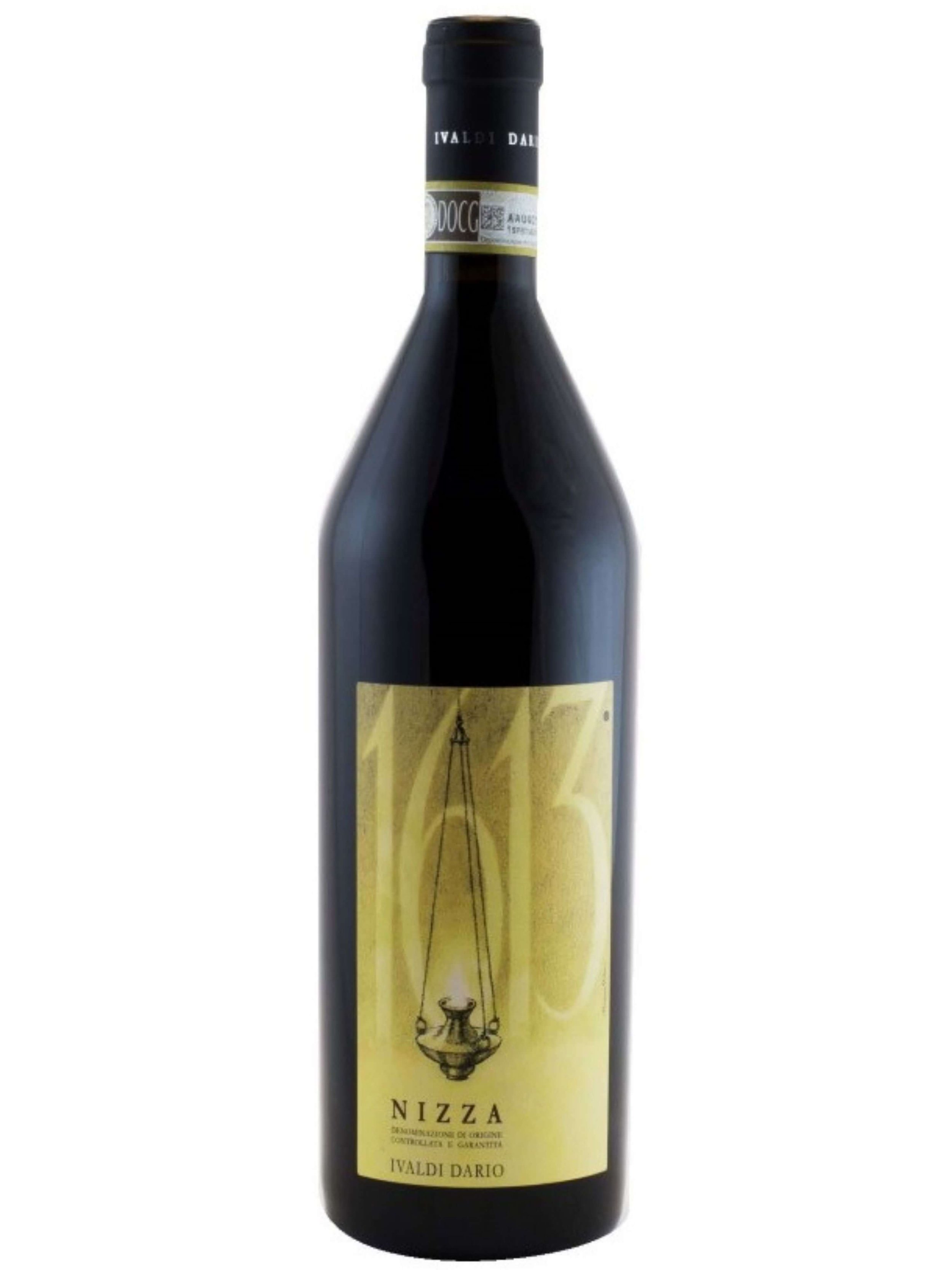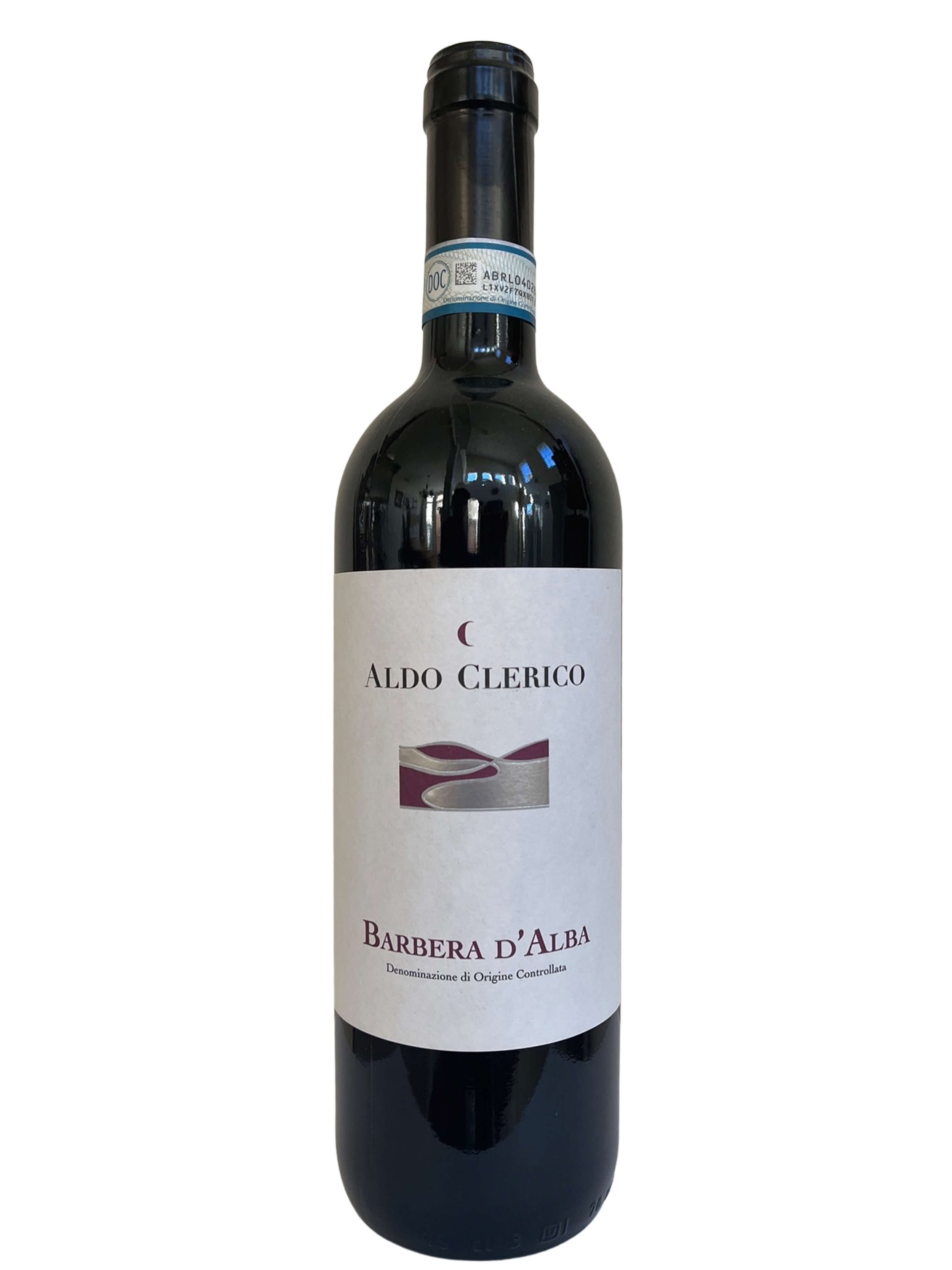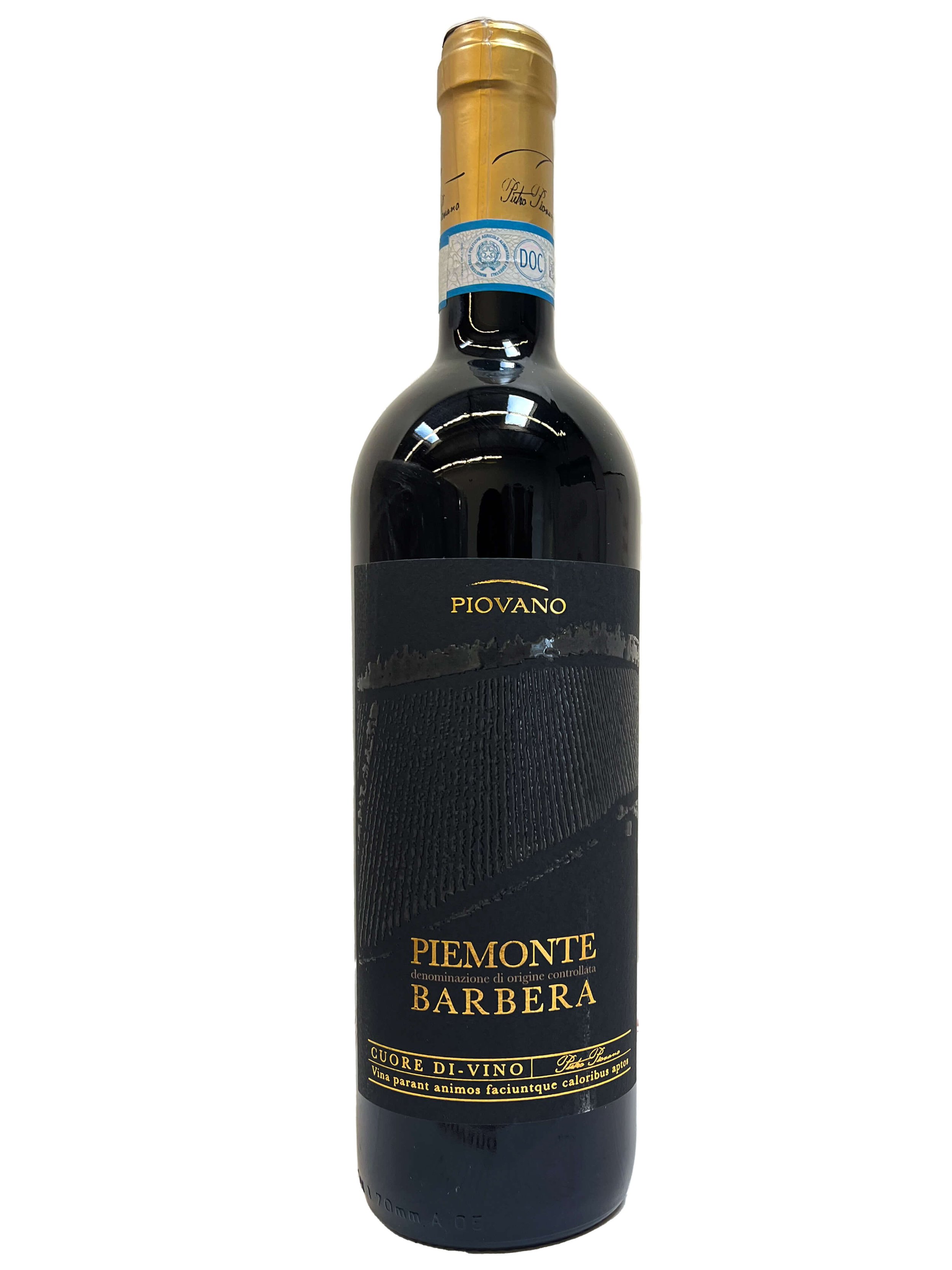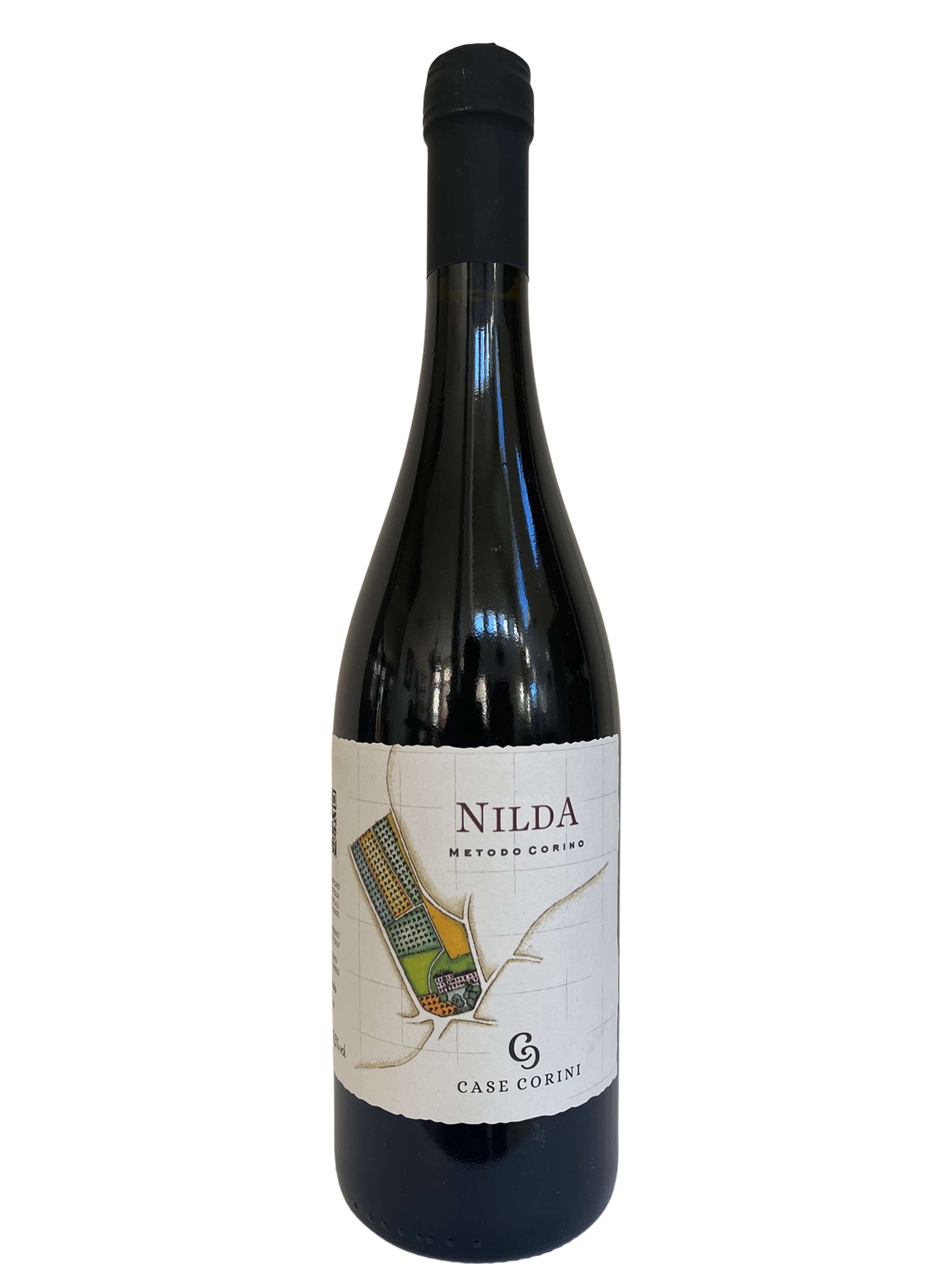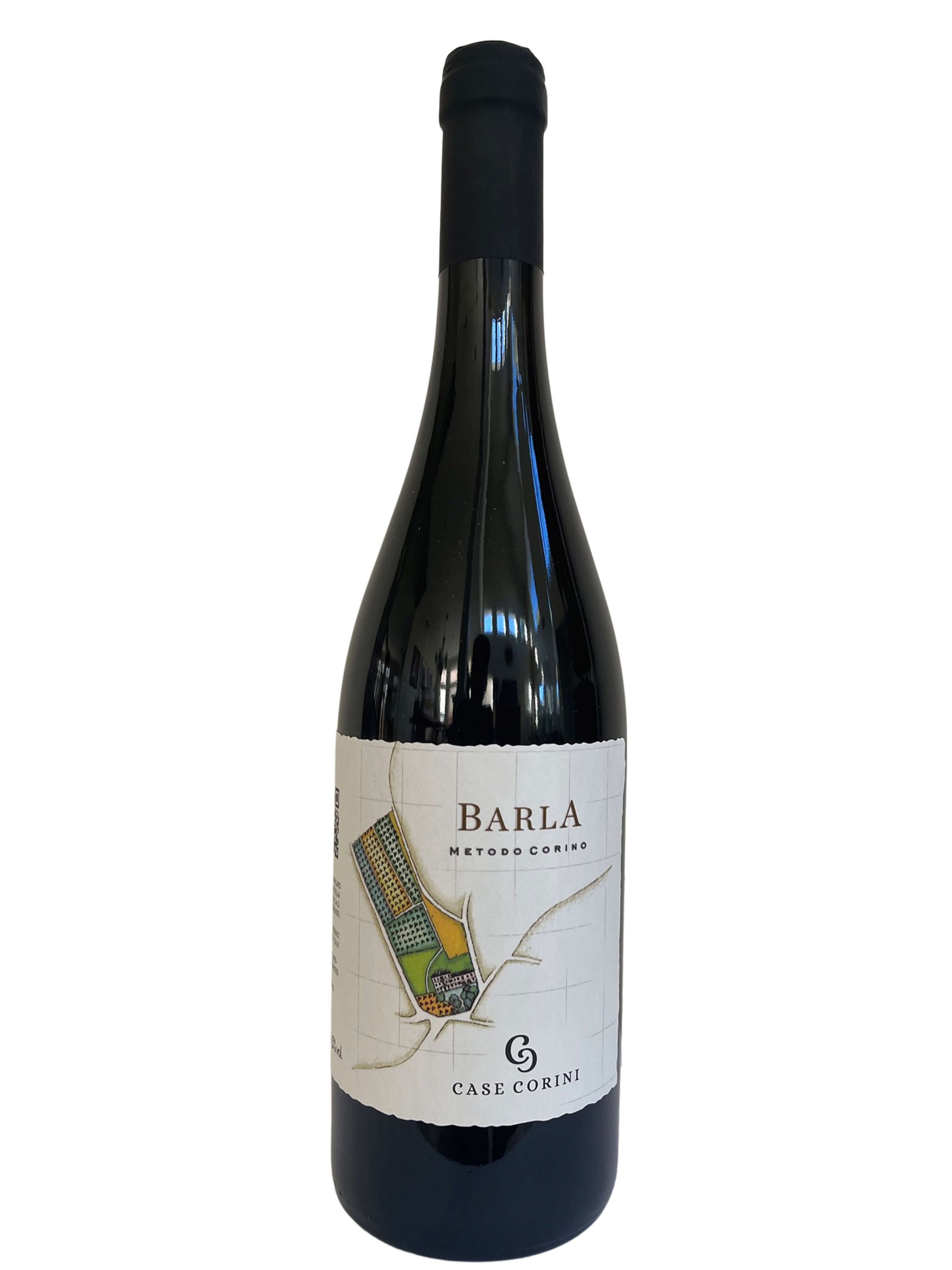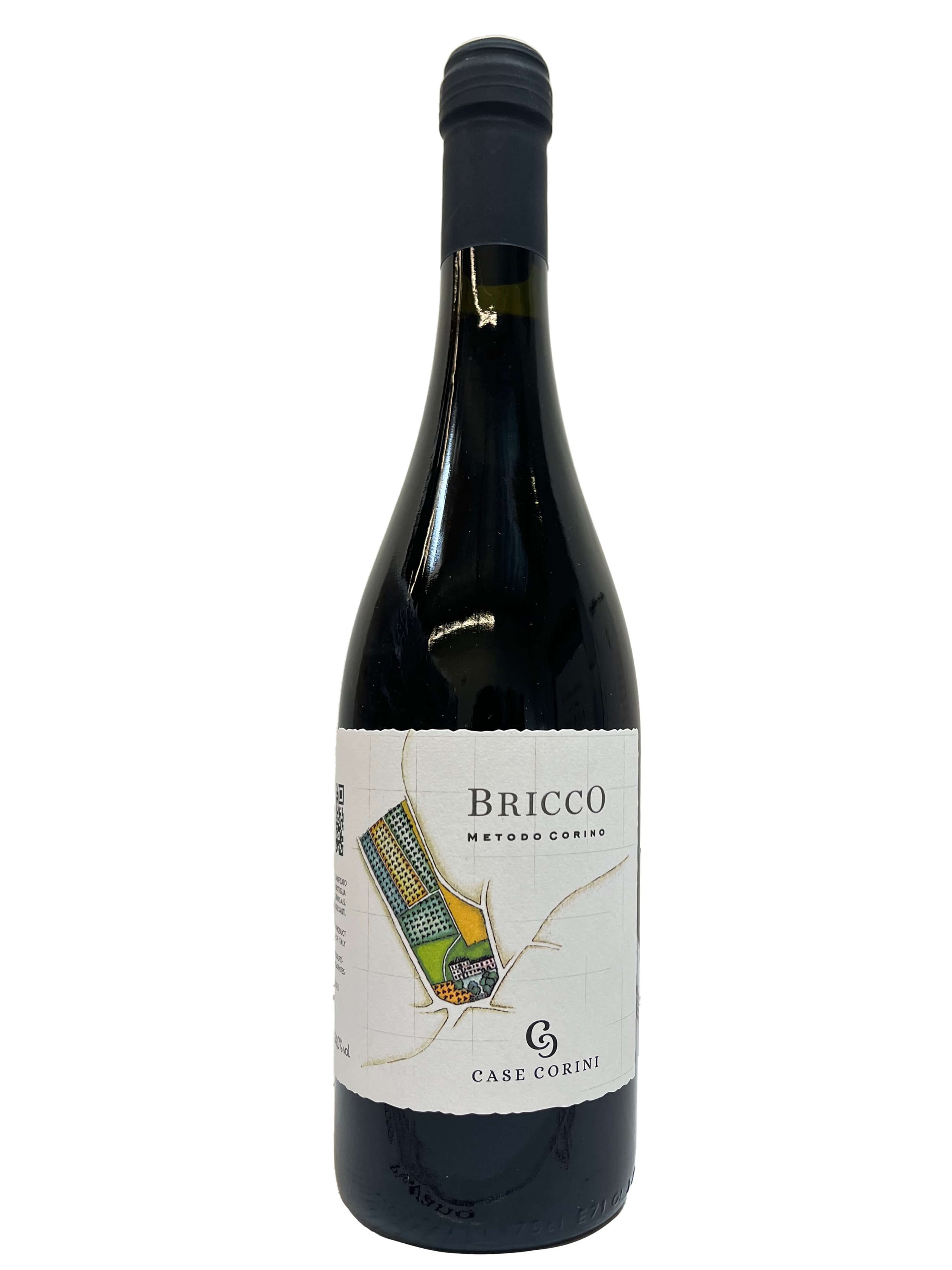The Difficult Child of Winegrowers in Piedmont
The rolling hills of Piedmont, from the Langhe to Monferrato, UNESCO World Heritage Site, are home to some of the best red wines in the world. While the noble nebbiolo grape, which is used to make Barolo wine, is the most famous, the barbera grape is the most widely planted grape in Piedmont, comprising over 30% of all vineyards planted, so much so that Barbera wine is called the ‘wine of the people.’
It is a nuanced grape, marked by high acidity, that even in warmer years the acidity stands out. While this characteristic can be a challenge for winemakers, it makes it versatile for chefs, sommeliers, and other wine and food enthusiasts, for pairing foods.
In this article we take a look at Barbera’s present and future as a both a grape and a wine, along with Barbera wine pairing with food, and some diiferent types of Barbera wines to try.
Barbera’s Backstory
Barbera is found throughout Piedmont, in Northern Italy, with several Vero Producers working with the grape. We can see the Monferrato producers in the north, and the two Langhe producers to the south.
Grown throughout Piedmont, its origin is a bit misty. Genetically, it is not related in any way to other Piemonte hallmarks, like nebbiolo, dolcetto, freisa, or grignolino. This leads many to believe it is a ‘recent’ transplant from the 1800s, however, no other relations are easily found. All told however, it is believed to be originally from Monferrato, where this grape has the largest foothold and reigns as king…
Or perhaps queen, since in Italian the “barbera” grape is referred to as ‘la barbera’, treating it in the feminine context, whereas many other grape varieties are referred to as ‘il nebbiolo’ or ‘il dolcetto’ in the masculine. This is no doubt why Monferrato wine producer Andrea Ivaldi, who toils away in Barbera vineyards around his home and making the most well known Barbera DOCG appellations of Barbera d’Asti and Nizza DOCG, says ‘Barbera is a female grape.’
It is here in Monferrato that barbera is given prime real estate and the best vineyard locations, where in the neighboring Langhe, grapes for Barbera d Alba can often be relegated to secondary locations, taking a lesser priority to nebbiolo. This lack of ‘space’ has caused barbera plantings to be reduced in the Langhe. Barolo winemaker Aldo Clerico, who makes Barbera wine from a barbera vineyard from which he could instead be growing nebbiolo to make Barolo wine instead, comments on the grape saying, ‘unfortunately, the Barbera grape variety is slowly disappearing due to the issue of flavescenza dorata (also known as flavescenza doree, a pest-induced disease that kills the plant), which is a real shame because it's an outstanding wine.’
One last historical sidenote, in the 1980’s a scandal rocked Piedmont where certain producers known for making high quantity/low quality wines, mainly Barbera table wine with no denomination (not DOC or DOCG). To fix the issue (and add more volume) they added trace amounts of methanol and water to the wine to add body and softness. This resulted in multiple cases of blindness and death throughout the area and, thus, hurt Barbera’s reputation for a while. However, this brought heightened quality control by government officials with the remaining Barbera winery producers taking a rebellious stance to prove Barbera wine can be fantastic. Now, 40 years down the road, it ultimately helped to greatly improve the quality of Italian wines.
Barbera the Grape
Barbera grapes in the Ivaldi Nizza Monferrato vineyards.
You could say that the barbera grape can be considered a ‘difficult child’ of the vigneron: requiring extra attention, care, and love. The variety has a tendency to overproduce, so farmers must be careful during pruning to not allow too many bunches to form.
In fact, Langhe farmer-winemaker Aldo Clerico says, ‘Barbera is a great grape variety, but it's the most challenging to cultivate because it tends to produce many shoots on the vine, thus requiring the most pruning, compared to other grape varieties.’
However, there is a positive side to this exuberant production; as Monferrato winemaker Andrea Ivaldi puts it, ‘It can be more challenging to keep it upright as it has soft draping shoots, but what I do like is that it has many clusters and regrows, even when there are frosts and hailstorms.’
Despite being one of the most planted grapes in Piedmont, barbera is cultivated in other regions in Italy, such as in Emilia Romagna where it is a common everyday wine for the locals. Thanks to its penchant for high productivity and adaptability and naturally high acidity, barbera vines can thrive in warmer climates, making it an ideal grape to consider as we combat climate change. Plus, it is also fairly drought resistant, which means that we will continue to find barbera grown in hot climates.
As such, Barbera is not considered an Italian wine anymore since it has been adopted by winegrowers around the world, such as Eastern European countries, Australia, South Africa, some South American countries and, last but not least, in the US.
Italian immigrants had first brought the grape to the US, but thanks to the Judgement of Paris in 1976 which put California on the world wine map, French varieties dominated California wine production until just recently. With climate change upon us, US winegrowers are thinking out of the box on how to combat it, and they are turning more towards grapes, like barbera, which do well in hot climates. So, get used to seeing more Barbera wines around from California, the Pacific Northwest and other places beyond Italy.
The Monferrato Hills, home of Barbera.
Even with tight controls to reign in production, barbera can still face issues in the vineyard, with winemakers sometimes struggling to balance acid with sugar, as producer Andrea Ivaldi says, ‘It has a lot of acidity, even in hot years, so care needs to be taken to allow it to ripen well. But it has the advantage of having a good color and a high sugar content when controlled correctly.’
Over in the Langhe, Aldo Clerico adds, ‘In recent years, hotter weather has allowed Barbera to achieve very high sugar levels, which means there's a risk of fermentation getting stuck and the wine remaining sweet. Therefore, it requires constant monitoring and more frequent aeration during fermentation compared to other varieties.’ As well, in the vineyard, Aldo adds, ‘You don’t have to worry about it during hot years when it thrives, yet in rainy years it can face a variety of issues; its grapes are much larger than those of other varieties, and the skin is thinner. Therefore, if it rains heavily during the late ripening stage, there's a higher risk of the grapes splitting, leading to rot and suboptimal results.’
All told, while the vine may be sturdy, it can be finicky. So how does the winemaker deal with this difficult child of a grape?
Barbera the Wine
So what can one expect from a typical Barbera red wine? It depends, on vinification methods, style that the winemaker is trying to achieve, the soil, weather, and other climatic conditions. However, across the board, common threads across Barbera wines are its intense color and pronounced acidity. It can be found as a slight sparkling wine, or young and stainless steel aged, or wood aged for long periods of time, and even as passito dessert wines sometimes. While this versatility is noted, it is most commonly found as stainless steel aged or wood aged.
Barbera d’Asti is one of the most famous iterations of the barbera grape.
Typically, Barbera wines have high acidity, low tannins, and a deep red color ranging usually from purple to ruby red. The good ones have great fruit: think plum, which can range from super tart to mature and spicy (like plum stew).
Thanks to its color it is often used to blend with the lighter nebbiolo to give added color to nebbiolo wines. While with Barolo wines this is not allowed, they have to be 100% nebbiolo, it is still common to find nebbiolo and barbera blended together.
When young, barbera displays full acidity and nice tannins with bouquet full of cherries, roses, and other dark berries like blueberries. But with a little oak aging, the acidity becomes tempered, tannins more moderate, and the fruit becomes more ripe and spicy rather than fresh.
So what does a typical barbera-winemaking-process look like? Let us hear directly from three producers:
One based in the place where the Barbera grape as born, in Nizza Monferatto, creating the classic Barbera DOCG appellations of Barbera d Asti, and Nizza DOCG;
One in Barolo country where he makes a Barbera d Alba from a single vineyard that is designated for Barolo cultivation;
One in between Asti and Alba, a 6 generation family making primarily Barbera (and Nebbiolo) wines in a rich, natural style.
Andrea Ivaldi and Barbera d'Asti and Nizza DOCG
Andrea Ivaldi says, “Both Barbera d'Asti and Nizza are fermented in concrete. The Barbera d'Asti rests in concrete for one year, while the Nizza rests in concrete for 8 months, and is then transferred to barrels for a year, before finally moving back to concrete for a few months before bottling and being released for sale the following year. In general, I believe barbera appeals to everyone. It's not a wine that needs to find an aficionado; it's an everyday wine, but now it has found its place. I make a slightly more rustic style, a traditional one with tart red fruits. In older wood, it brings out ripe fruit flavors like plum or spirit-infused cherries.”
Aldo Clerico and Barbera d Alba
Aldo’s Barbera wine is usually the last ‘non-Barolo’ wine of a specific vintage that he releases, as it needs the extra softening and maturing to tame its ‘hard’ acidic edges. During fermentation, much care must be taken to ensure it ferments to dryness; in fact, it is the only wine of Aldo’s that occasionally may have added yeasts, with the native yeasts being unable to carry the full alcohol load. Aldo says “After fermentation, it's transferred to stainless steel tanks to settle the grape residue, and when it stabilizes, it's racked. Typically, these rackings occur 2-3 times after fermentation. During the winter, it continues to rest in stainless steel to naturally precipitate tartrates. It's racked one last time in early spring, when it goes into oak barrels for about 14-16 months. Overall, despite its higher alcohol content, I find it is an easy-drinking wine with tannins that aren't overly astringent.”
Lorenzo Corino’s Family’s Barbera Wines
“Having a thin skin, needing a warm climate, and needing to have it ripe well to balance acidity with fruit” is how Lorenzo Corino, 5th generation of 6th generation Case Corini estate winery in Costigliole d’Asti, just north of the Langhe, describes the barbera grape cultivation in order to make a delicious red wine.
Case Corini Barbera wines are a cult wine, sought after by wine enthusiasts who seek out really well made natural wines. Many also find out about Case Corini through reading and word of mouth, thanks to the book and extensive impact Lorenzo Corino had on the Italian wine world and natural wine.
Their Barla is from a nearly 100 year old barbera vineyard and is their most sought after wine. Nilda is 95% Barbera, from a mix of the family’s old vineyards, and Bricco is from a single vineyard behind the family’s house that is 60% barbera. Try them all, and compare and contrast with these other Barberas from Piedmont to learn different styles and impact of how place and winegrowing and winemaking techniques will change the taste of the wine all made from the same place.
Barbera and Food
Barbera’s notable acidity and versatile flavor profile make it an excellent choice for food pairing. Its bright acidity works particularly well with classic Italian dishes, such as pasta with tomato-based sauces (like a meat sugo sauce or a mushroom sugo sauce), where it provides a refreshing contrast to the richness of the dish. Barbera also complements pizza with its cherry and red fruit notes working well with the tomato sauce again. For heartier fare, barbera's moderate tannins make it a suitable match for grilled meats and even pot roast. Moreover, its acidity can cut through the creaminess of cheeses, creating various nice pairings with cheeses.
A small selection of Vero barbera wines available in the VeroShop.
It will work well for many aspects of a meal, from an appetizer of cold cuts to pasta to meat entrees, barbera wine pairng can really pull the entire table together!
Where to Taste Barbera Wine
Has this article got your mouth watering for some delicious barbera wine? Well you are in luck, because here at Vero we love this grape and have found some particularly special iterations thoughout our travels.
Of course, there are the previously mentioned biodynamic wines Barbera d Alba from Langhe Barolo producer Aldo Clerico, and the Barbera d'Asti and Nizza wines from Ivaldi in the Monferrato.
What we haven’t mentioned so far, however, are the natural wines that can be found! From Case Corini in the Monferrato base of barbera, we find the natural wine Barla, with amazing deep fruits and complexity. They also craft Nilda, which while 90% barbera, has a few local piemontese varieties blended in.
Last, but certainly not least, is the new addition and first time released in the US market, Piemonte Barbera wine from Piovano family estate in the South Lange Aged in oak for over 5 years, it is soft and spicy and is a 00 natural wine made with native yeast fermentation with no added sulphites.
Try a Variety of Piedmontese Barbera Wines
For those of you that know our curation style, we love to compare and contrast wine styles, varietals, places. Now that you’ve read up on Barbera, try a selection of different ones from our portfolio.
As a reminder, we sell to both businesses and consumers across the US:
We are enlarging our network of distributors around the country. Reach out to us if you are interested in distributing our wines.
We sell to wine stores and restaurants in certain states - contact us if you would like more info.
We do corporate gifts and sommelier guided wine tastings. Email us and we’ll tailor unique and sustainable corporate gift ideas.
If our farm crafted wines and olive oils are not in your local shop or restaurant buy wine online here and we’ll ship it to you.
We also have a wine club for true wine explorers seeking to discover a unique and authentic small production wine they never had - plus it just won an award for Best Wine Club of Ventura!






